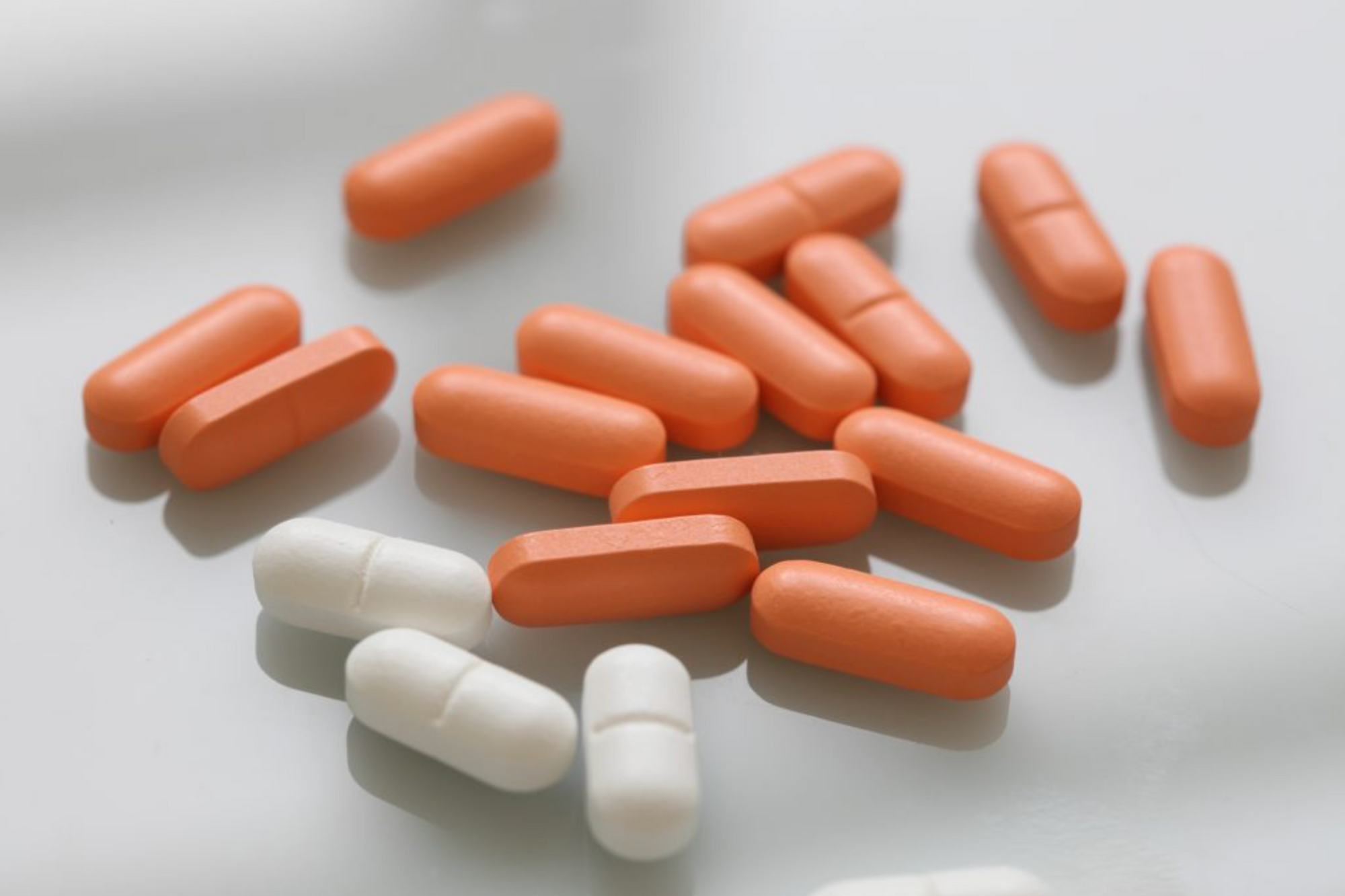Wet vs. Dry Macular Degeneration
Published January 17th, 2024
Macular Degeneration, often referred to as Age-related Macular Degeneration (AMD), is a leading cause of vision loss among older adults. This condition affects the macula, the central part of the retina responsible for clear, detailed vision. AMD comes in two primary types: dry (atrophic) and wet (neovascular). Understanding the differences between these two forms is crucial for early detection, effective management, and maintaining quality of life.
1. Dry Macular Degeneration
Dry AMD is the most common type, accounting for approximately 80-90% of AMD cases. It's characterized by the thinning and gradual breakdown of the macula, leading to a slow deterioration of central vision.
-
Symptoms: These include slightly blurred vision, difficulty recognizing faces, and a need for more light while reading. As dry AMD progresses, a blurred spot in the center of vision may occur.
-
Causes: The exact cause is unknown, but the condition is often associated with aging. The macula wears down over time, leading to the accumulation of drusen (small yellow deposits under the retina).
-
Management: There's currently no cure for dry AMD, but progression can be slowed. Lifestyle changes, such as a diet high in antioxidants, not smoking, and protecting eyes from UV light, are beneficial. Supplements following the AREDS2 formula may also be recommended.
2. Wet Macular Degeneration
Wet AMD is less common but more severe and quicker to progress. It's caused by abnormal blood vessels growing under the retina, leaking fluid or blood, and leading to rapid vision loss.
-
Symptoms: These include distorted vision (straight lines appear wavy) and dark spots or blank areas in the field of vision. The onset of wet AMD is often sudden and can quickly lead to significant vision loss.
-
Causes: Wet AMD occurs when new, abnormal blood vessels grow beneath the retina, a process known as choroidal neovascularization. These vessels are fragile and often leak fluid or blood.
-
Treatment: Treatment includes anti-VEGF (Vascular Endothelial Growth Factor) injection therapy, which can slow down or even stop the growth of new blood vessels, reducing their leakage and the damage they cause.
Importance of Early Detection
Early detection of both types of AMD is vital. Regular eye exams, particularly for individuals over 50, are crucial. The Amsler grid test, a simple at-home tool, can also help detect changes in vision. The team at Vitrea is currently working on improving the availability of home monitoring tools for macular degeneration so that early detection can be more robust and accessible.
Conclusion
While AMD remains a significant challenge in eye health, understanding the differences between its forms is key to effective management. Advances in treatment, particularly for wet AMD, offer hope. Regardless of the type, a proactive approach, including regular eye exams and healthy lifestyle choices, is essential in maintaining eye health and slowing the progression of AMD.
Disclaimer: If you notice any changes in your vision, consult an eye care professional immediately for a comprehensive evaluation. This blog post is intended for informational purposes and should not replace professional medical advice. Always consult with a healthcare provider for any concerns about macular degeneration or eye health.




